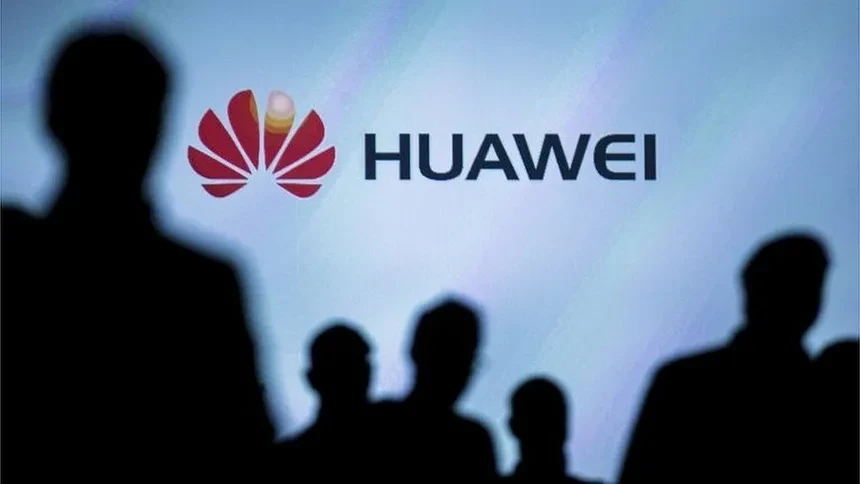In a significant turn of events, the recent restrictions on American chip manufacturers have created an opportunity for China's tech giant, Huawei, to step in and potentially fill the void left by Nvidia in the Chinese market. The ongoing geopolitical tensions between the United States and China have led to restrictions on chip exports to Huawei and other Chinese companies. This situation is now prompting Huawei to explore opportunities in the chip manufacturing sector, potentially reshaping the landscape of China's semiconductor industry.
Huawei, a global leader in telecommunications and smartphone manufacturing, has been significantly impacted by the U.S. government's sanctions since 2019, which limited its access to key technologies and components, including cutting-edge semiconductor chips. The company has since been striving to develop its in-house chip production capabilities to become more self-reliant.
Opportunity for Huawei:
With Nvidia, one of the world's leading GPU (Graphics Processing Unit) manufacturers, being restricted in its dealings with China due to U.S. export controls, a void in the Chinese market has emerged. This void pertains to the supply of advanced GPUs and high-performance computing chips, which are essential for applications such as artificial intelligence, data centers, and gaming.
As a result, Huawei is now in a position to leverage its growing expertise in semiconductor design and production. The company has been investing heavily in developing its chip technologies and manufacturing capabilities. Should they successfully enter the GPU market, it could provide a domestic alternative for Chinese consumers and businesses, reducing their reliance on foreign chip manufacturers.
Challenges Ahead:
Entering the chip manufacturing sector and filling the void left by Nvidia will not be without its challenges. Developing cutting-edge chip technology is a complex and resource-intensive process, which typically requires extensive research and development investments. Huawei will need to secure access to advanced manufacturing equipment, address intellectual property challenges, and compete with established players like Nvidia, AMD, and Intel.
Moreover, the company must ensure a stable supply chain for critical components, as chip manufacturing relies on a web of suppliers, some of which are subject to their own export restrictions. Acquiring and retaining top talent in the semiconductor industry is another challenge, as it requires a highly specialized and skilled workforce.
Additionally, navigating the intricate web of international trade regulations, export controls, and intellectual property issues presents a substantial barrier to entry. Huawei will need to work closely with the Chinese government to address these challenges and ensure a supportive regulatory environment.
Conclusion:
The U.S. chip curbs have led to a unique opportunity for Huawei to expand its presence in the semiconductor industry, potentially filling the void left by Nvidia in China. While the path ahead is marked with challenges, Huawei's commitment to technological innovation and its growing investment in chip manufacturing could reshape the dynamics of China's semiconductor market, making it a player to watch in the coming years.
This development underscores the ever-evolving landscape of the technology industry and the impact of geopolitical tensions on global business dynamics. As Huawei works to overcome the challenges ahead, its success could not only benefit the company but also strengthen China's position in the global tech industry, potentially fostering a new era of competition in the semiconductor sector. The situation remains dynamic, and the world will be watching closely to see how Huawei navigates this transformative opportunity.
